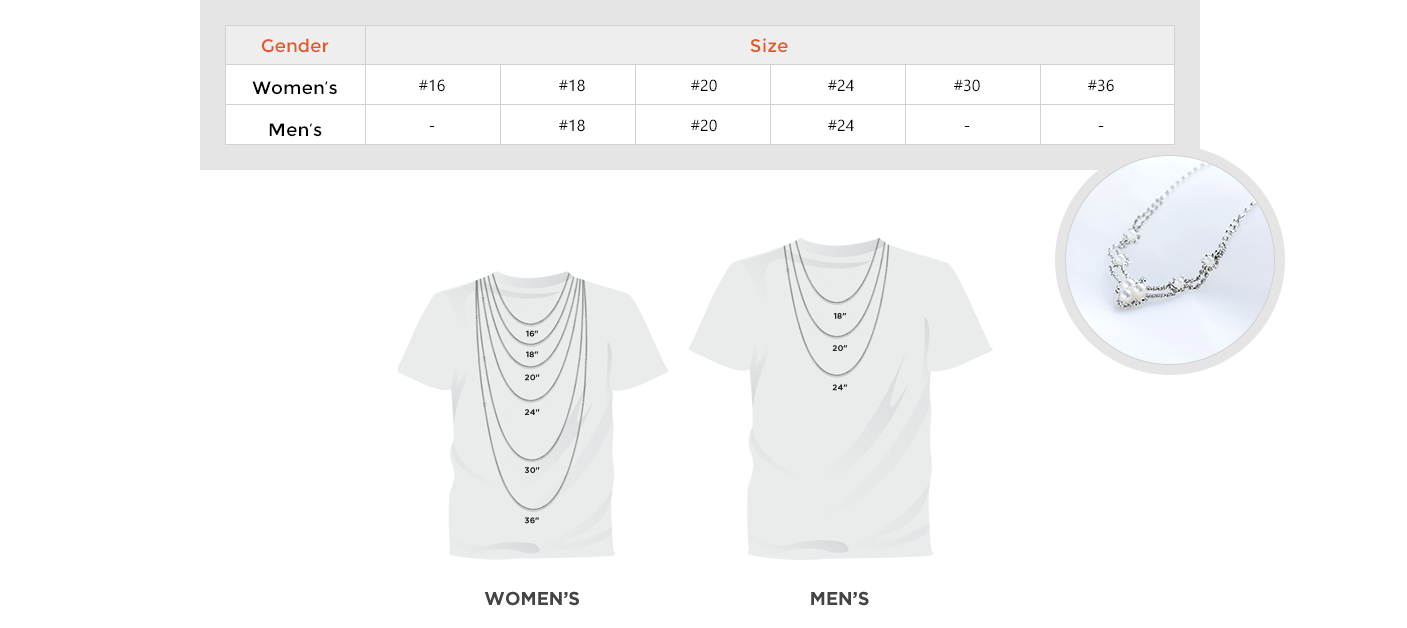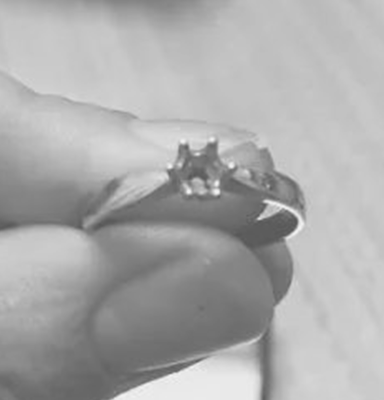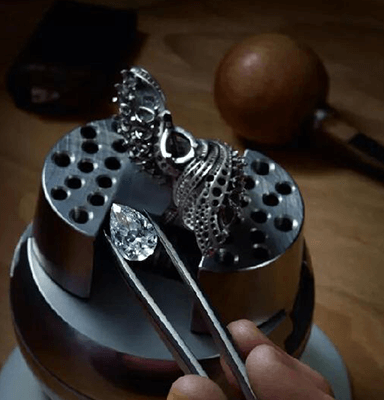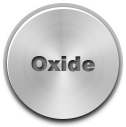Clean your sterling silver jewelry with a soft 100% cotton (nub free) cloth or flannel cloth and gently rub off any excess makeup. Remember, silver is a very soft metal and you can scratch it if you aren't careful so don't rub it too briskly. Never use anything but a clean 100% cotton or a special sterling silver cleaning cloth (a popular choice is Sunshine Polishing Cloth) or very soft bristle brush, like a baby’s tooth brush or a horsehair silver brush. Paper, polyester, and coarse fabrics often contain wood fibers or synthetics that can cause tiny scratches in the surface of your fine sterling silver jewelry. Dirt left over from previous cleanings can scratch the surface as well.
Note: We recommend that you don’t use silver dips for removing oxidation from your silver jewelry as it will leave microscopic pits causing it to darken faster. Instead, focus on preventative care by storing your jewelry in a closed box or plastic baggy as silver will tarnish when exposed to air.
FOR CUBIC ZIRCONIA
Use a cotton or flannel cloth to wipe your jewelry clean. A special jewelry polishing cloth would be perfect (a popular choice is Sunshine Polishing Cloth). Using straight, back and forth strokes, polish your jewelry and remove any surface dirt and dust. Do not rub in a circular motion as that can scratch the surface of your jewelry. Then use a cleaning solution to remove grime and dirt.
Just like a diamond, a cubic zirconia can be cleaned with warm water and mild soap. Use a soft, cosmetic applicator to reach crevices. However, if you wish, you can use a trusted jewelry cleaner to remove any dirt and dust from your zirconium.
Steam your CZ jewelry. Using a teakettle or any other method that produces steam, hold your jewelry directly over the steam stream to loosen dirt. You should wear gloves and use tongs or needle-nose pliers to avoid burns. Once steamed, use your polishing cloth to dry your jewelry.
Clean your jewelry with an ultrasonic cleaner. These units are inexpensive and nice to have if you own a lot of CZ jewelry. Store your jewelry in an airtight, sealable plastic bag. If this is not possible, store your jewelry in a lined jewelry box, away from the outside air.
FOR RHODIUM PLATED SILVER
Clean rhodium plated silver with warm water and a mild liquid soap (like ivory dishwashing soap). Rinse and dry with a soft polishing cloth immediately to avoid mineral residue from the water.
Never use any chemicals on your rhodium items. Never use toothpaste and never brush with a toothbrush. Don't use polishing cloths that are intended for use on uncoated silver or for gold jewelry. Don't place in an ultrasonic cleaner. Never use abrasives of any kind. Never use silver dips. Never use ammonia-based products. If you have an antique or heirloom, don't clean it without consulting an expert on your item.
FOR GOLD PLATING
Keep gold-plated jewelry away from hard surfaces. Bumps and scratches will cause the gold layer to wear away faster. Store your gold-plated jewelry in a velvet lined jewelry box, or wrap it in a soft material that will prevent scratches. Lightly wipe your gold-plated jewelry with a damp cotton cloth. This will help to eliminate any dirt or dust from accumulating on the surface and wearing away the gold layer. Use a non-abrasive jewelry polishing cloth and gently rub the gold-plated jewelry to restore shine. You can also take the gold-plated jewelry to a local jeweler where they can replace the gold layer. This may be necessary if the gold-plating has already started to wear off.
FOR STAINLESS STEEL
Stainless steel jewelry won't rust but it can tarnish over time. Steel jewelry does not tarnish as fast as silver jewelry but the rate of tarnishing depends on how its used. As with any jewelry it is best to avoid contact with chemicals (lotions, chlorine from pools etc.) in order to keep it cleaner longer. Steel jewelry is easy to clean, you can use mild dishwashing liquid (two or three drops in warm water will do) and wipe it down with a soft cloth. Steel jewelry is very durable and can withstand a lot of wear and tear, as opposed to silver which is a very soft metal.



 FOR STERLING SILVER
FOR STERLING SILVER
 FOR CUBIC ZIRCONIA
FOR CUBIC ZIRCONIA
 FOR RHODIUM PLATED SILVER
FOR RHODIUM PLATED SILVER
 FOR GOLD PLATING
FOR GOLD PLATING
 FOR STAINLESS STEEL
FOR STAINLESS STEEL

 Gold Plated
Gold Plated Rose Gold Plated
Rose Gold Plated Platinum Plated
Platinum Plated Silver Plated
Silver Plated Oxide
Oxide